Hello, everyone! I’m Quinn from zquinns_art on Instagram. And if you’ve seen some of my posts, you know I definitely enjoy using watercolor.
I originally bought my first Archer and Olive journal because I learned that the thick and high quality pages stood up to watercolor well. As someone who loves watercolor, I knew I had to get one of these journals because who could pass up an opportunity to use watercolor in a bullet journal? Well, it took me a year to finally use it, but once I started, I loved being able to paint in my journal. I had a lot to learn and had to learn it fast, too. Because the average 160 GSM Archer and Olive journal isn’t actual watercolor paper, there is a limit to what it can do. That, plus it is a bound book, so there are further complications I never considered when watercoloring on a flat piece of watercolor paper.
But now that Archer and Olive have their own watercolors, I’ve been seeing more and more people using watercolor in their journals. While I know that there are watercolor paper journals now, there’s still something special about adding a bit of paint to your typical spreads. So I have gathered some essential tips for helping you from preparation to painting to aftercare. I hope you find these tips helpful in your own watercoloring endeavors.
Recommended Supplies
- Archer and Olive Journal: I will specifically be discussing the standard 160 GSM dot grid journals. There are watercolor journals now, but these tips work best for the 160 GSM paper journals.
- Watercolors: you can use any watercolors, but I will be using the Archer and Olive watercolors. My personal favorite set is the Warm.
- Binder clips: or paper clips or anything that can hold multiple pieces of paper together.
- Washi Tape: or masking tape. Any tape without a strong adhesive.
- Hairdryer or Heating Tool
- Pencils, pens, paint brushes, and any other tools you need for creating your painting
Tip 1: Hold down your paper

This is truly the key to getting your pages to buckle as little as possible. I recently learned that paper will buckle with water if it has water put on it unevenly, and since watercolor is only applied to one side of the page, the paper will buckle if it isn’t held down both while you're painting and while it is drying. For this to work well, you need to keep the page held down while the painting completely dries.
I like to use binder clips to hold my pages down. They are strong and don’t move very much. You could use paperclips, but I find that binder clips work the best.
If you use binder clips, clean your binder clips after using them. I have gotten paint on my clips before, and even though the paint dries, when I use the clips again, they sometimes will leave a line of color on my page that I did not particularly want. You can use a towel with some water or cleaner to get the paint off.
Tip 2: Tape down your edges

You will probably do this before you put on the binder clips, but tape can be used to give your painting clean edges or allow you to section off smaller areas. For full page pieces, washi tape can give the piece a finished look and avoid the paint leaking on the edges of the pages. I’ve also recently started using washi to make rectangular boxes of watercolor for headings. You get clean straight lines easily and mask off the rest of the page!
For the tape itself, I like to use washi tape. It comes in different sizes, but is usually thin enough that I don’t have to fold the tape over the edges. Washi tape also has less adhesive on it, so when I remove the tape, there is minimal if no tearing to the page. Masking tape can also work, but I’ve found that washi works the best.
Tip 3: Don’t use too much water

This is another important step. Just remember that this is not watercolor paper you are working with. You can use water on the page, but there is a limit to how much you can use. If you do use too much water, you can bleed color onto the back of the page, something you generally want to avoid.
In general, I create my painting ideas with the water limit in mind. But, if I do need a wash with a wet-on-wet technique, I make sure to only put a little water on the page first: just enough to make the page shiny. Then when I add the color, I make sure my brush doesn't still have too much water on it. One great way to test how much water you can get away with is to test on the back few pages of your notebook. Or, if you have one, you can use the Archer and Olive notepads to test on a page first. The best way to think of it is that there should never be any puddle of water on the page.
I also tend to use a wet on dry technique for most of my paintings. This guarantees that you won’t have any bleeding through to the back of the page. The colors don’t blend as well as traditional watercolor painting, but it can still be used to create some beautiful images.
Tip 4: Layering

Another technique to try is to use layering. Layering is when you apply a light layer of color, wait for it to fully dry, and then add more color to the page. This can help you add more color and blend your piece better without constantly adding more water to the page! It is also a great way to add fine details to your painting without them blurring. The less you saturate the page, the better results you’ll have for your journal.
Tip 5: Drying!

Drying can be a slow process, but it is an important one. For your watercolor to turn out the best, you need to leave the washi tape on and the binder clips on until the paper completely dries. This can mean waiting up to an hour after the paper seems dry to the touch. Even though it feels dry, there is still moisture in the paper that can cause it to buckle more than you want.
If you’re using a layering technique or want to do multiple spreads in a shorter amount of time, a hair dryer or heating tool is a great option. Since I have one, I tend to use a hair dryer, though be aware that hair dryers blow air, so be sure that you don’t have any puddles of paint. Also, when using a blow dryer, and start blow drying farther away from your painting; you can get closer as the paint dries, but you don’t want to move the water and paint around too much. I’ve never used a heating tool, but I know they are beloved by watercolorists. Hayley displays the one she uses in her blog.
Tip 6: Try different mediums
You can also try a variety of different, but similar mediums, to help you get different results.
- Gouache: I like to use gouache a lot in my journal. It is heavily pigmented watercolor, so you can get very vivid colors easily. It is also a medium that needs less water, so there is less chance of bleeding.
- Acrylogouche: Similar to gouache, this is a heavily pigmented paint that acts like watercolor. The big difference is that once it dries, you can’t rewet and reuse the paint. It dries like acrylic, making it less likely to get on your hands after the paint has dried (great if you have sweaty hands or if your painting is in a part of your journal you access a lot).
- Calliographs: You can use the Archer and Olive calliographs as watercolors, too! Sara recently made a blog post about how to do this.
- Ones to avoid: I made this section specifically for inks or alcohol based inks. If you want to paint with inks in your journal, definitely test it first. Every time I have used inks in my journal, it has bled.
Tip 7: Adding watercolor paper

If you want a more washy look or not have to worry about your water usage, you can always create a separate watercolor piece and then add it to your journal! I’ve done it a few times, but Hayley is definitely the expert. Here is a blog she made about how to add watercolor paper to your journal.
But, just as a reminder, if you add paper to your journal in any way, you will make the journal thicker and harder to close. So try to use this technique with that in mind.
Tip 8: Other tips

- How to fix bleeding: Once the paper has bled, there is little you can do. However, if you notice you’re using too much water, you can pick some of it up with a dry brush. Keep drying the brush on a clean towel and you can usually soak up the water pretty easily.
- How to work with bleeding: If your paint has already bled through the page, you have two options: cover it up or work with it. Depending on the size, you can cover it up with a sticker, some washi, a piece of paper, or, if it is severe enough, you can always tape two pages together to cover it up. The other option is to work with it: use the bleeding as a starting point for a new piece. Create a small painting using a similar color or shape as the paint that bled through. I did this once with black paint that dripped through the spine of my journal into the middle crack of my pages. I accepted the mistake and used it to create a design along the crack of the page, which you can see in the above picture (The top two images)
- Heavy pigmentation and fingerprints: I have noticed that if you add too much pigment from watercolors or gouache on the page, the color can flake off or get onto your skin. This can cause you to leave fingerprints on other pages you wanted to keep clean. My first suggestion is to avoid strong pigmentation in your paintings. The other is to be careful around those spreads and be aware the color can leave the page. (Bottom two images showcase the fingerprint problem).
- Flattening your journal: If your pages are still a bit wrinkly, you can always try to flatten your journal. You can use a heavy weight or a few heavy books and leave them on top of your book overnight.
I hope these tips are helpful to you on your watercolor journaling journey! I’ve also made a video outlining these tips and giving some examples of how to use watercolors in a journal. So feel free to watch the video for more examples!
There is a free printable with the most important tips to remember when using watercolor in your journal! Let me know if these tips work or if you have some tricks of your own. If you found these tips helpful, used any of them, or just want to share your watercolor creations with me, feel free to DM me on instagram at zquinns_art! Happy painting!

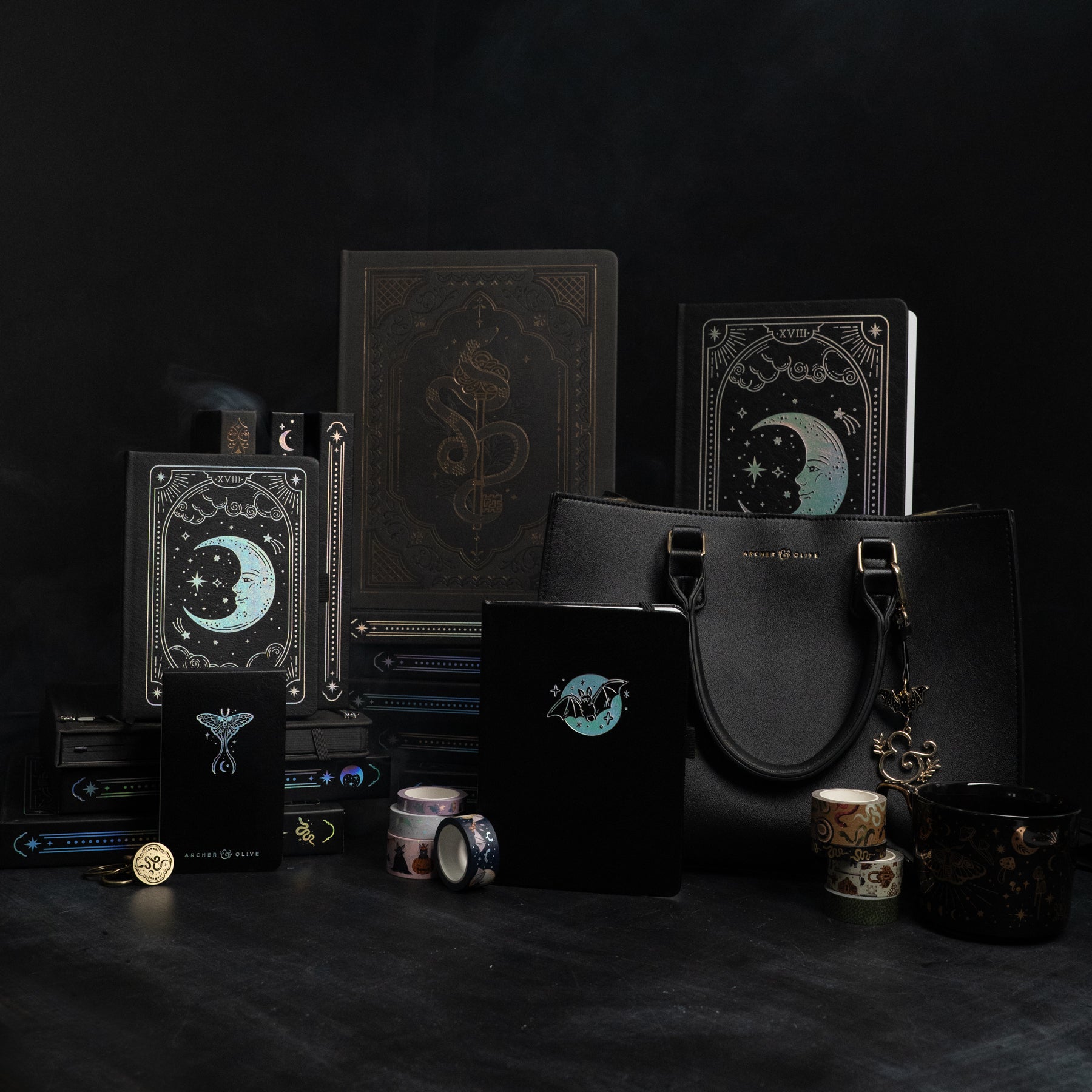
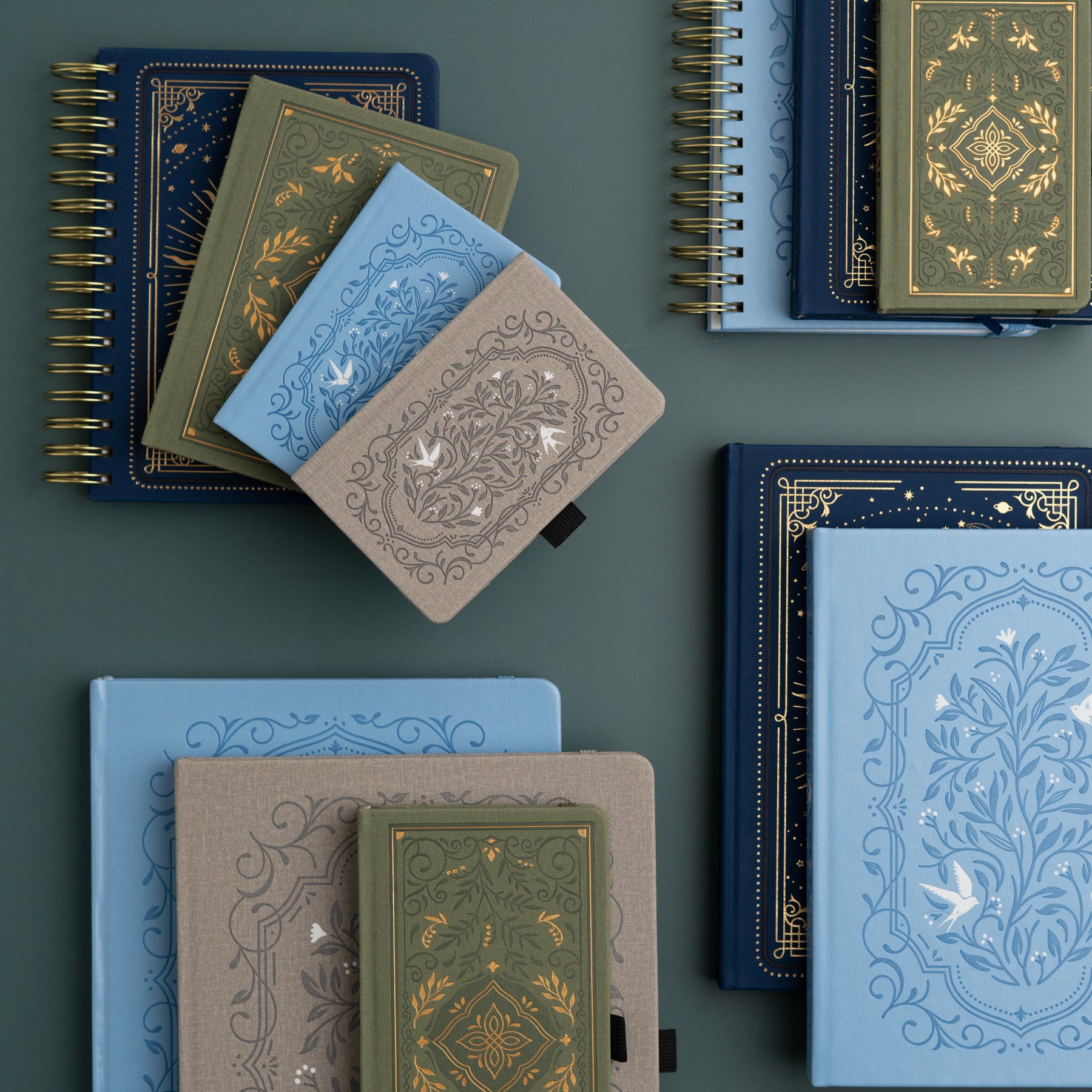



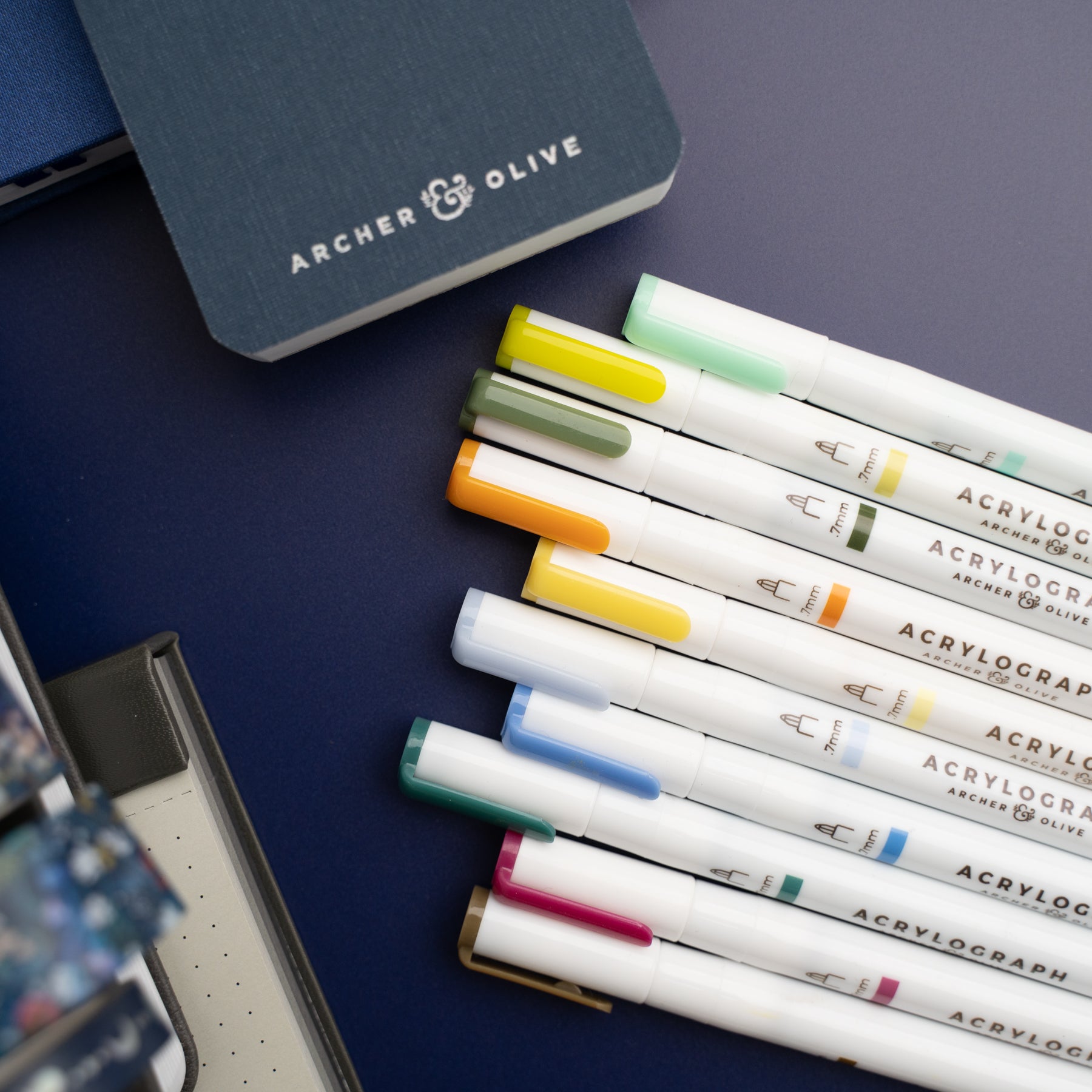
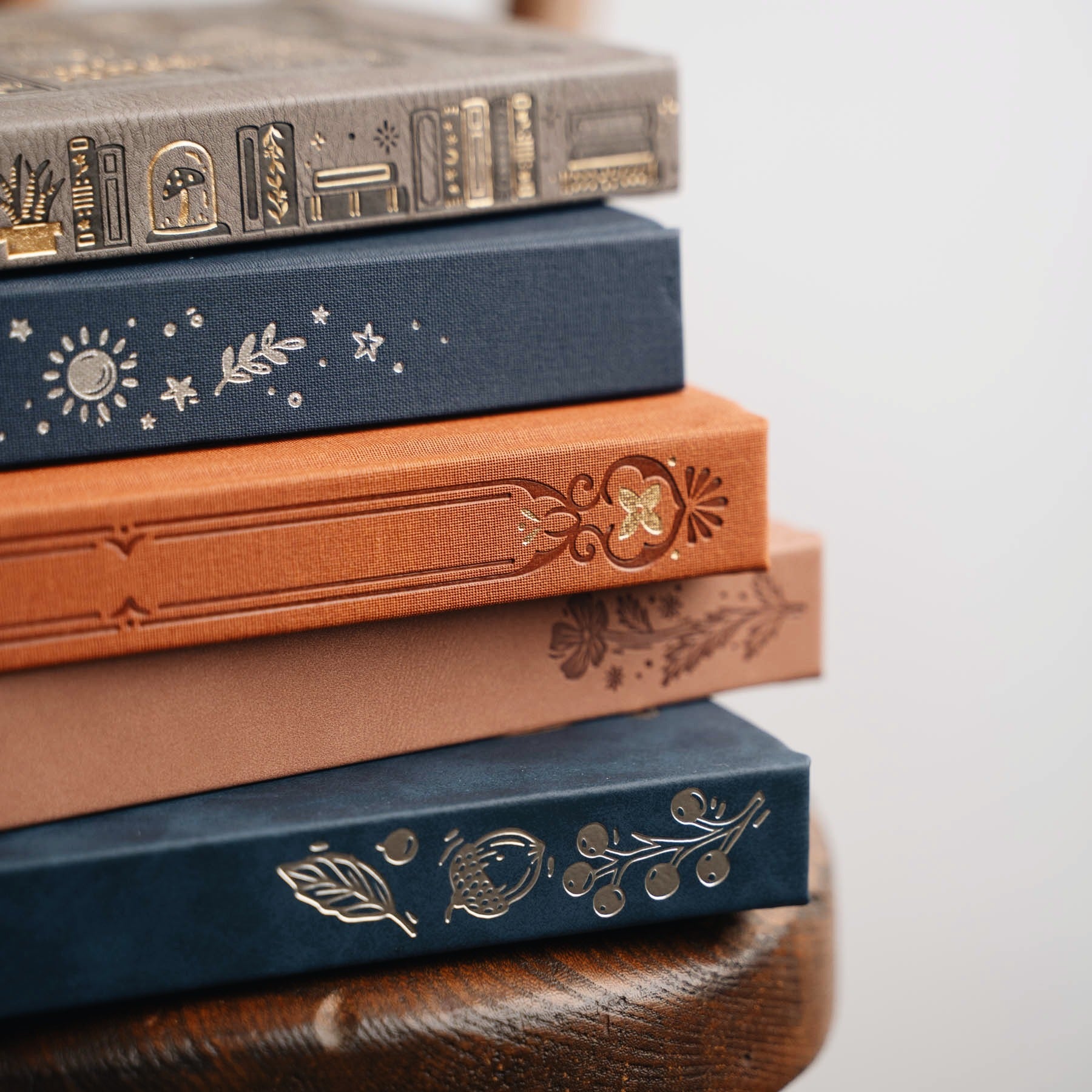
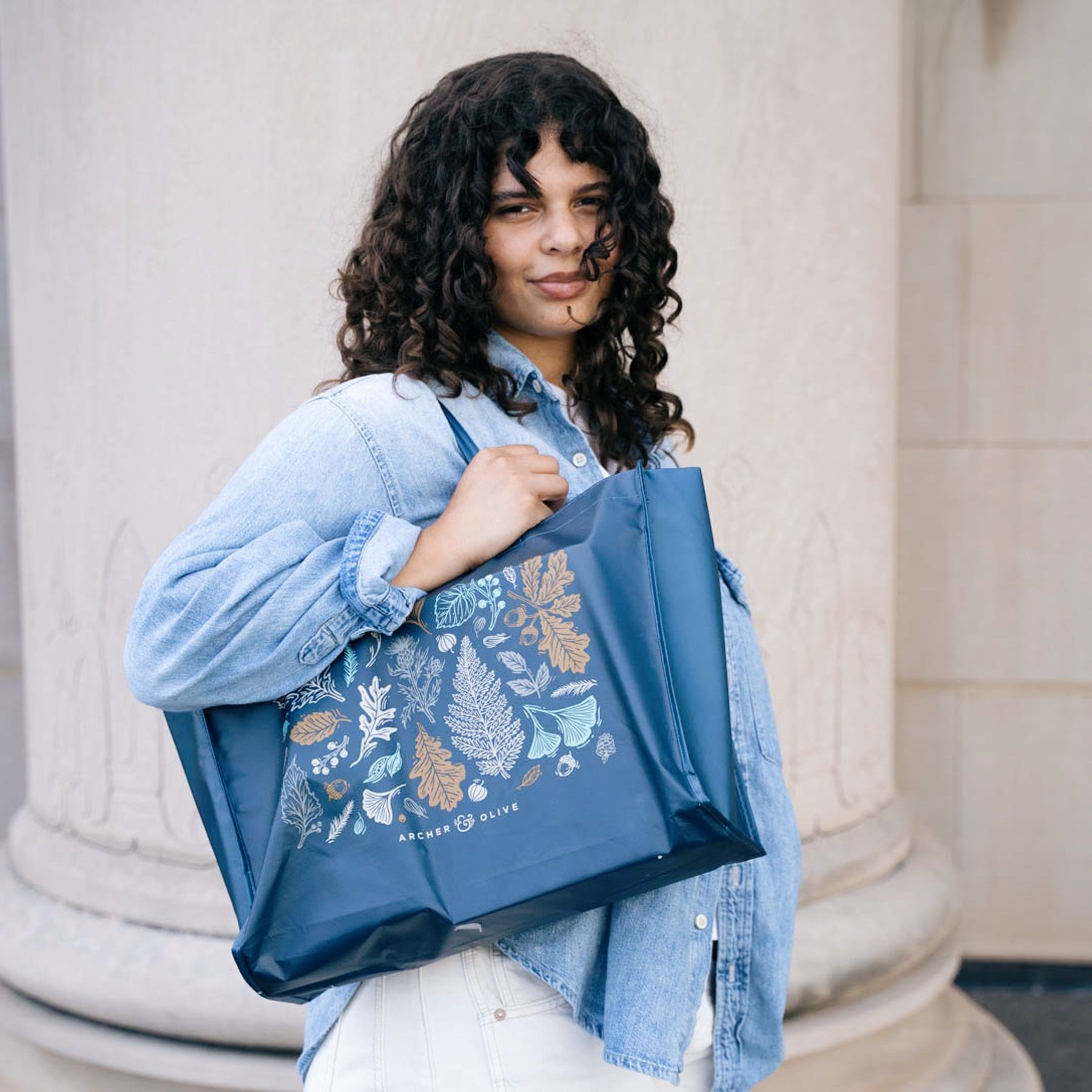
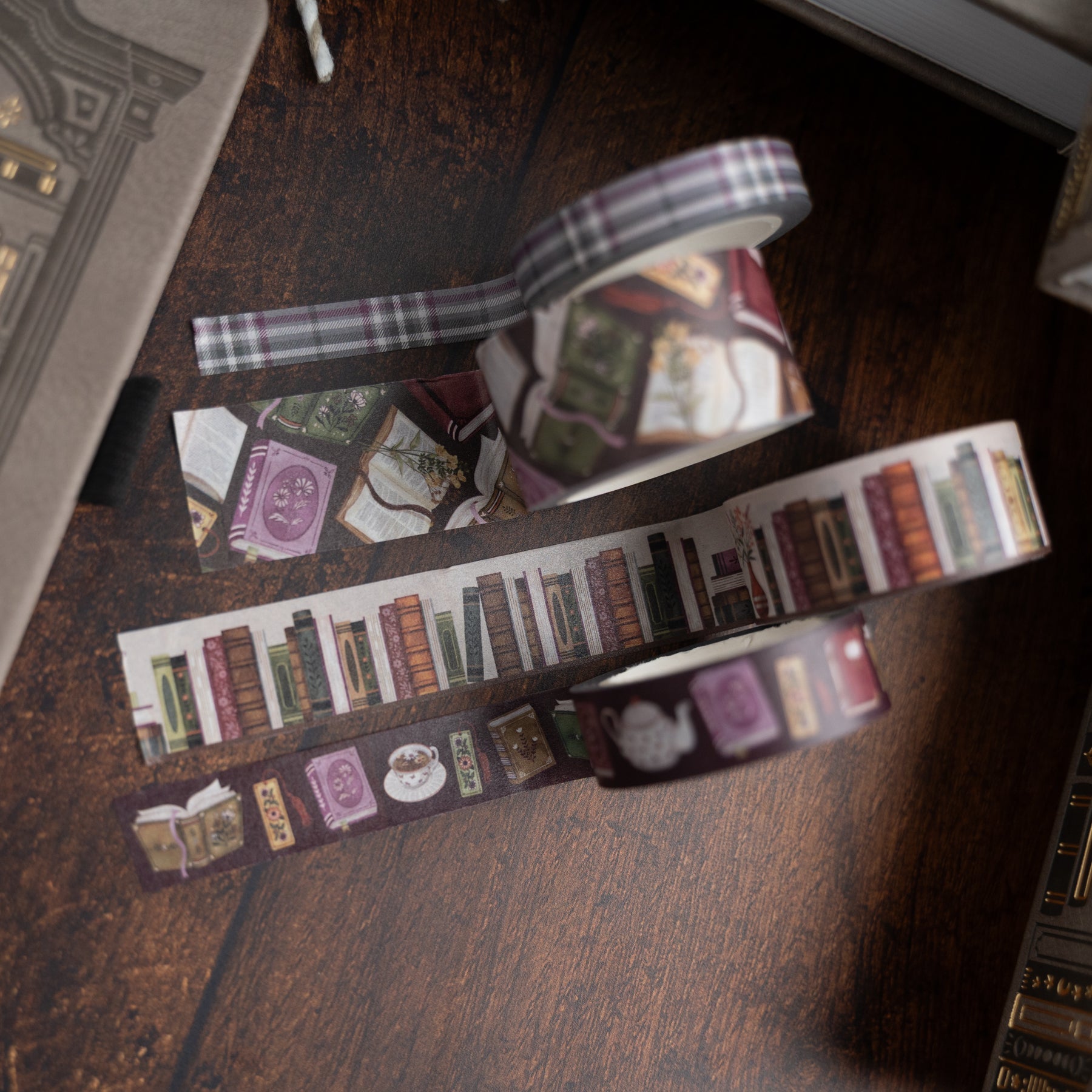
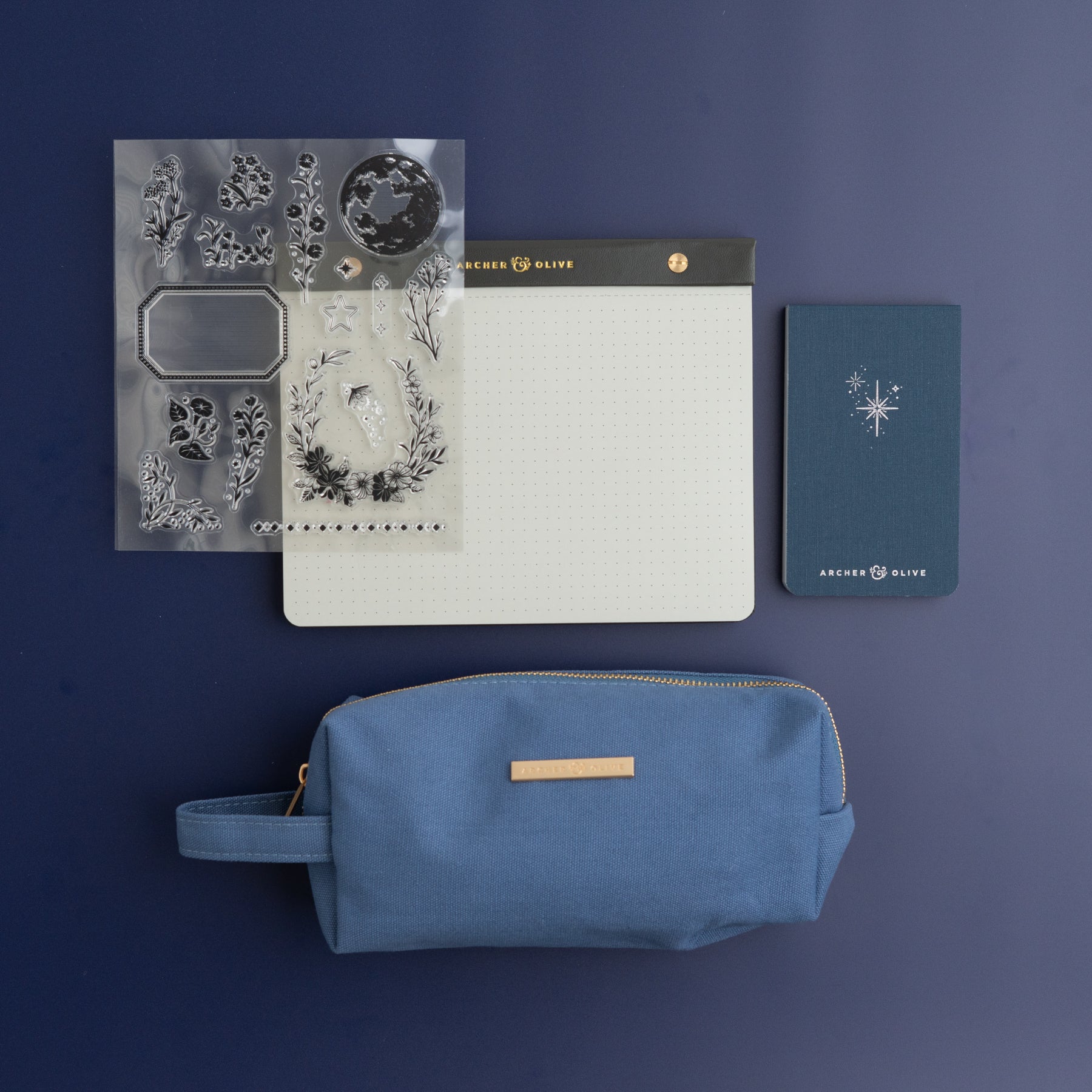
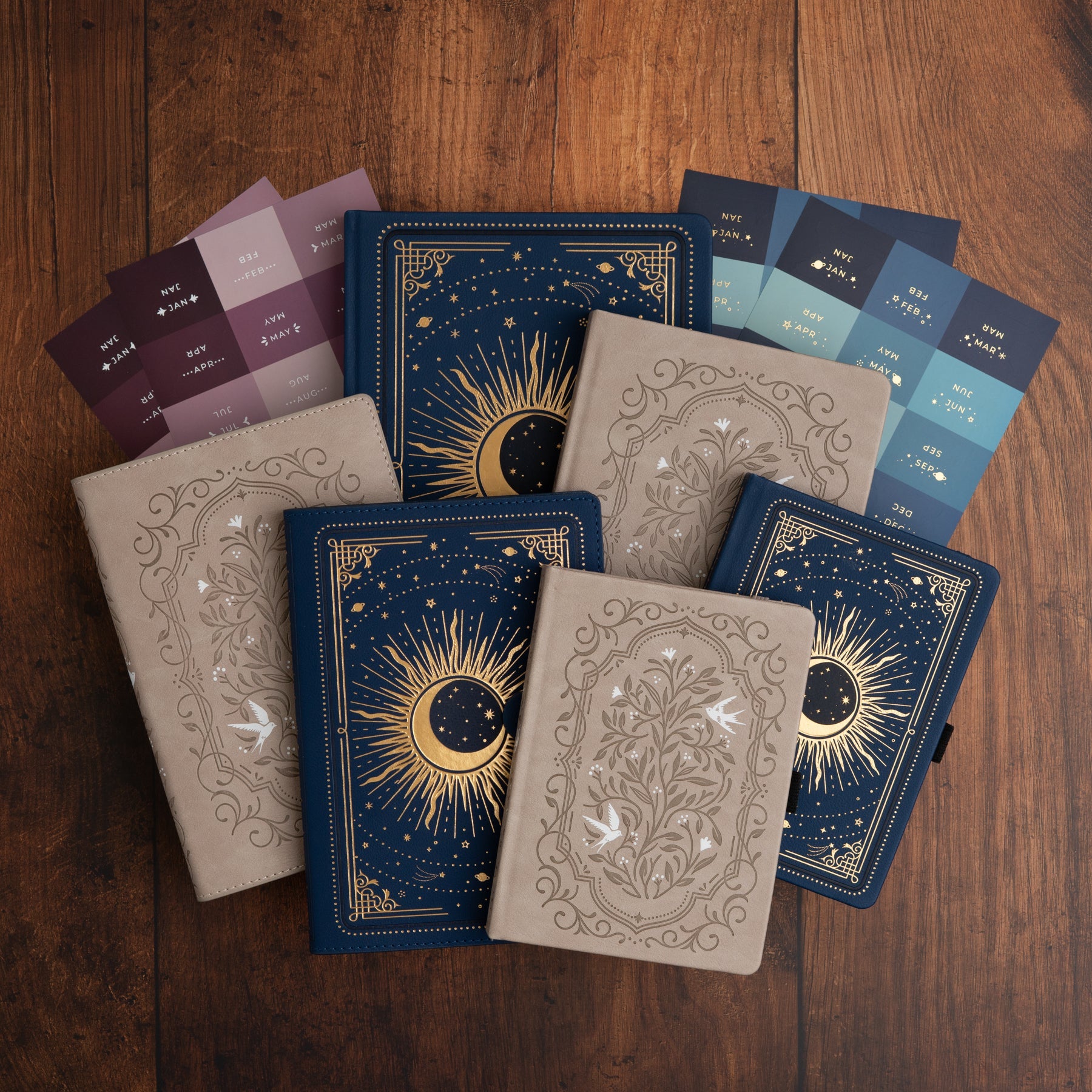
1 comment
Quinn, I appreciate your post on how to work with watercolor in my A&O journal. You provided helpful tips that I had not considered. Thank you!